CNAO of Pavia, which was inaugurated in 2010, is a centre at the forefront of the treatment of tumours with hadrontherapy. This is a form of radiotherapy that exploits the extreme precision guaranteed by particle accelerators developed for basic research in physics. CNAO, the heart of which is a particle accelerator, a synchrotron realized in collaboration with INFN and CERN, is the second hadrontherapy centre in Europe and one of the few in the world to perform treatments that irradiate tumour cells with proton beams or, depending on the tumor, with carbon ions. CNAO is also the only one in Europe with the CE marking and with experience performing clinical trials to evaluate the safety and efficacy of such treatments. The use of proton beams or carbon ions has a great advantage when compared to the X-rays used in traditional radiotherapy, in particular in the treatment of deep cancers, as it allows the release of energy in proximity to the tumour mass, thus reducing the impact on healthy surrounding tissues and, therefore, consequent side-effects. As well as being a cutting-edge centre, CNAO is in continuous evolution, adapting the techniques it employs to the most recent developments in the technology used in basic research in physics. Recently, CNAO launched the INSIDE (Innovative Solution for Dosimetry) trial, along with INFN, the University of Pisa, Sapienza University of Rome, and the Enrico Fermi Historical Museum of Physics and Study and Research Centre. INSIDE is an imaging system capable of “photographing” the proton beams and carbon ions used to strike tumours in hadrontherapy and of rendering therapies more precise and effective, by observing radiation in “real time”. We asked Gianluca Vago, President of the CNAO Foundation as of January 2019, and past Vice-Chancellor of the University of Milan, to describe the state of the art and prospects for development at the Pavia centre.
CNAO has a long history, from the first project design, to its construction, to the implementation of patient treatment.
CNAO is a concrete example of the collaboration between physics, medicine and engineering; it was conceived as an idea in 1991 thanks to the insight of Ugo Amaldi, particle and accelerator physicist, and Giampiero Tosi. At the time, Amaldi was working at CERN and Tosi was directing the Health Physics department at the Niguarda Hospital in Milan. Amaldi and Tosi’s initial idea immediately received the support of INFN management ...
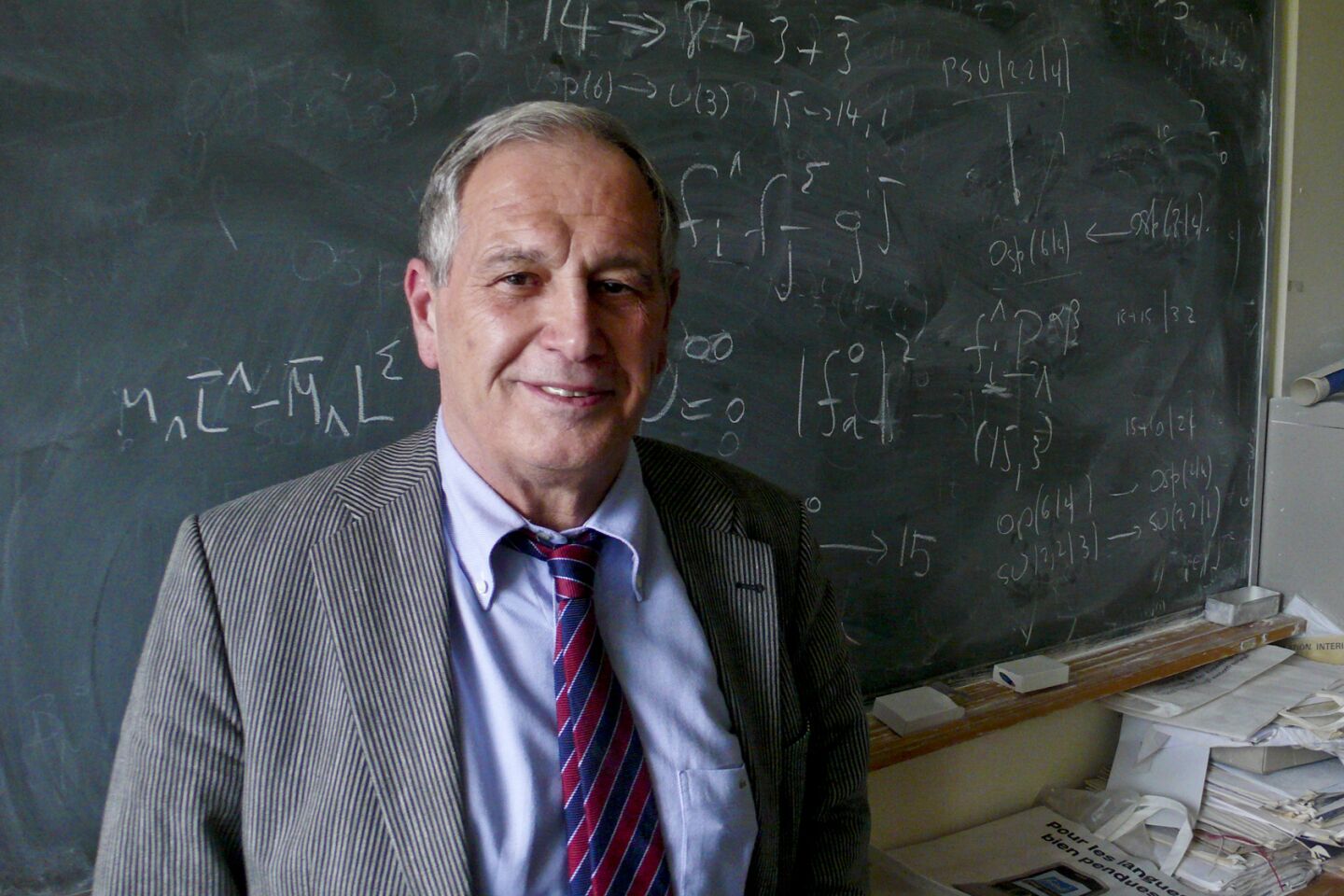
The 2019 Breakthrough Prize in Fundamental Physics, which is worth 3 million dollars, was awarded to the theoretical physicists Sergio Ferrara (CERN and INFN Frascati National Laboratories), Dan Freedman (Massachusetts Institute of Technology and Stanford University), and Peter van Nieuwenhuizen (Stony Brook University) for the “invention of supergravity, in which quantum variables are part of the ...
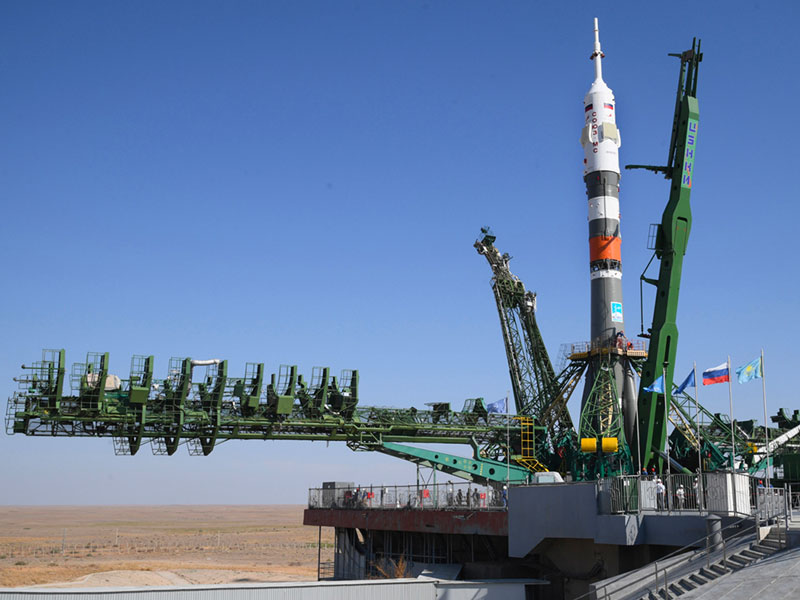
The Soyuz MS14 spacecraft, which was launched on 22 August from the Baikonur Cosmodrome, hooked the International Space Station (ISS) on 27 August. On board the craft was the Mini-EUSO (Multiwavelength Imaging New Instrument for the Extreme Universe Space Observatory) ultraviolet telescope. The telescope is the product of an agreement between the Italian Space Agency (ASI), the ...
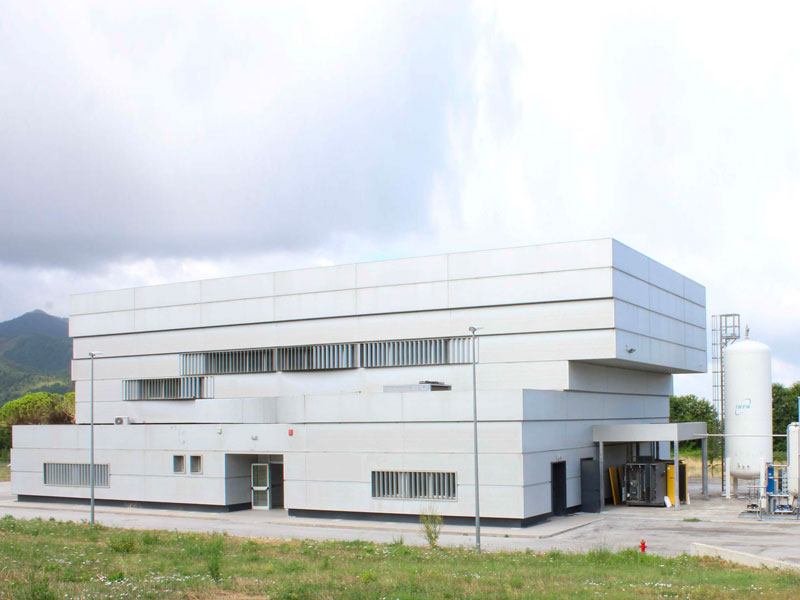
INFN and GSI Helmholtzzentrum für Schweronenforschung recently signed an agreement to test a series of complex magnetic systems – the quadrupole modules of the FAIR accelerator’s SIS100 machine – through the execution of extensive cryogenic tests. The agreement is based on a long and successful collaboration between the two research institutes in the development and construction of ...
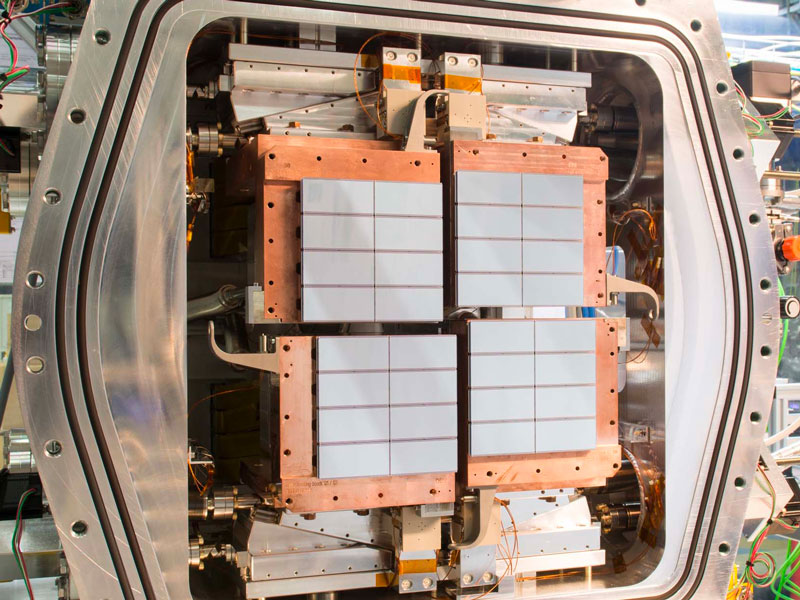

The INFN and the Italian National Research Council (CNR) occupy respectively the ninth and tenth position in the 2019 Nature Index of the most innovative government institutions in the world, the ranking drawn up annually by Nature and based on the number of articles of great scientific relevance, published in 82 of the leading scientific journals. Already present in the 2018 Nature Index, the INFN climbs a position, ...

It’s full speed ahead for the NASA mission involving the IXPE satellite (Imaging X-Ray Polarimetry Explorer), a mission that has the ambitious task of opening a new window onto polarimetry X-ray astronomy. This promises to provide new and important information on the emission mechanisms and geometry of compact objects, such as neutron stars, and on the configuration of magnetic fields at ...
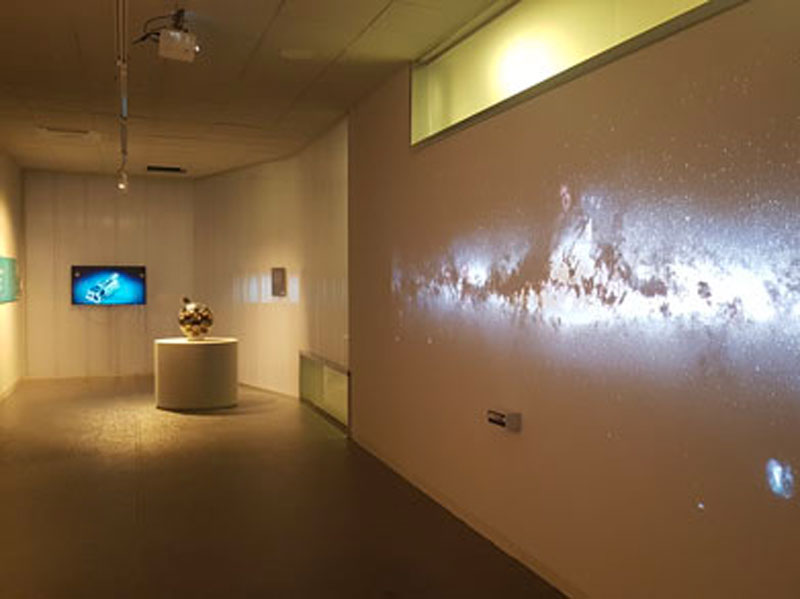
The new visitor centre for INFN Southern National Laboratories (LNS) was inaugurated on 27 July. It is a space where the INFN-led scientific endeavours, including those in which LNS participate, are recounted in an interactive, multimedia way. It is a place for welcoming the public, a space that is to be made available, in particular, for the city of Catania and the Sicilian Region for the development of cultural itineraries that ...
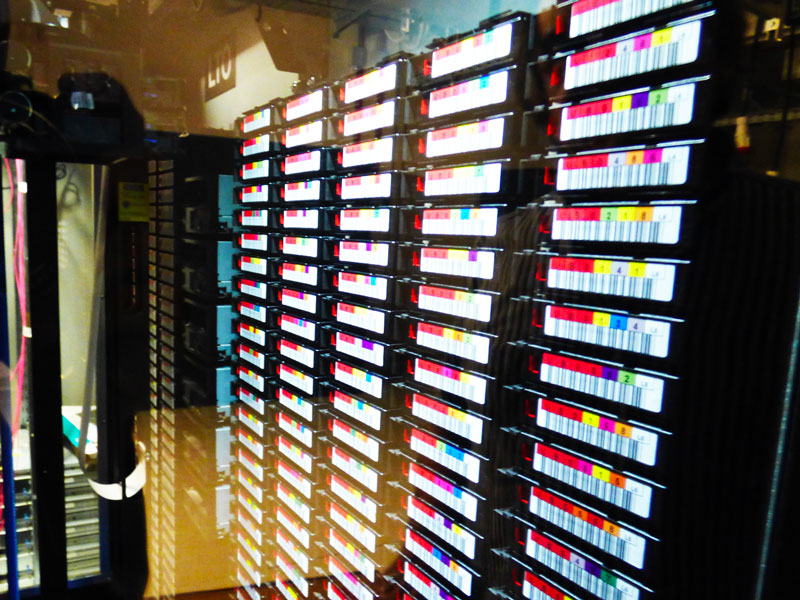 RECAS: COMPUTING RESOURCE FOR SCIENCE AND FOR THE TERRITORY
RECAS: COMPUTING RESOURCE FOR SCIENCE AND FOR THE TERRITORY
On 12 July, the second “Meeting with the users” of the Bari ReCaS DataCenter took place at the INFN division in Bari and the University of Bari Aldo Moro’s Department of Physics. The event involved wide participation from the entire, multidisciplinary community that revolves around the Bari data centre. This community includes high energy experimental physicists – the centre’s principal users – users who work in the field of environmental and regional monitoring through the use of data from satellites or sensors, and those who work in the field of life sciences as well as in research and teaching activities within the university community. The Bari ReCaS DataCenter, inaugurated at the Department of Physics in July 2015, was established by the University of Bari Aldo Moro and INFN within the context of the ReCaS project (PON [National Operational Programme] “Research and Competitiveness” 2007-2013 funding programme). The project aimed to strengthen the southern regions’ computing infrastructure, in order to assure there were adequate scientific computing resources for big subnuclear physics and astrophysics experiments, with data coming from CERN and from satellites. It also aimed to undertake the High Performance Computing required by other communities of researchers, such as biologists, doctors, engineers and geologists. Overall, ReCaS ...
Cover: The Synchroton of the National Centre for Oncological Hadrontherapy (CNAO)
INFN - COMMUNICATIONS OFFICE
comunicazione@presid.infn.it
+39 06 6868162
Coordination:
Francesca Scianitti
Project and contents:
Eleonora Cossi, Francesca Mazzotta, Francesca Scianitti, Antonella Varaschin
Graphic design:
Francesca Cuicchio
Translation
ALLtrad
ICT service:
Servizio Infrastrutture e Servizi Informatici Nazionali INFN